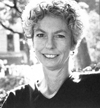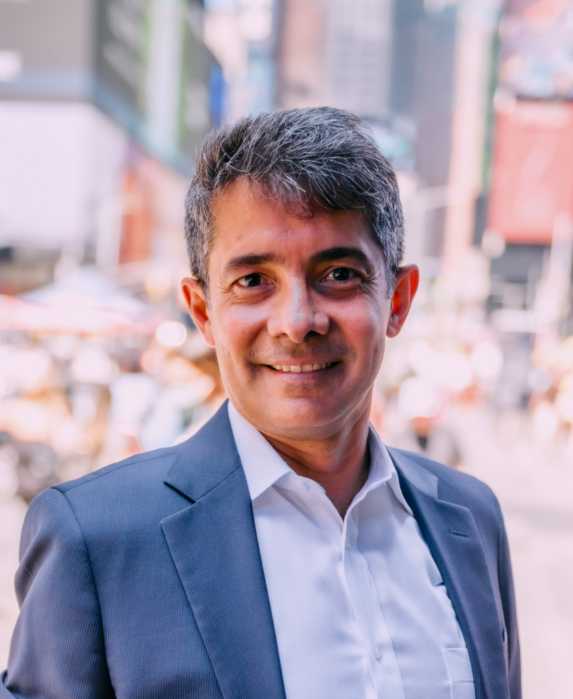Progress: n. forward or onward movement; advance or development, esp. to a better state.
The application of this term to the field of dance in New York is somewhat fraught as it has not been the best of times over the past five-plus years.
Danspace Project was founded by artists in 1974 to provide an accessible venue for independent experimental choreographers. It combines a rich history—rooted in work by dance pioneers including Isadora Duncan, Martha Graham, and Ruth St. Denis—with an unstinting commitment to that which is contemporary, creative, and cutting-edge. Three characteristics have defined its role as a leading advocate for contemporary dance—commissioning and presenting new dance work from New York, the U.S., and abroad; nurturing independent experimental choreographers at all stages of their careers; and professionally producing dance in a uniquely flexible and communal setting.
Danspace Project’s mission is to stimulate, promote, and present challenging new work in dance from a broad range of artistic voices within a distinguished and nurturing environment. Danspace encourages choreographers to take risks and is committed to assisting artists in realizing their creative visions within a professional setting. Danspace also welcomes a receptive public to engage in and be transformed by the work of artists.
Now, up to 30 weeks of contemporary dance are fully presented each season, providing artists with technical, promotional, and front-of-house support and directly reaching an average annual audience of close to 15,000. Program series include “City/Dans,” which features the work of New York City choreographers, “Global Exchange” for international choreographers, “Out of Space” for performance at alternative sites, and a semi-annual showcase series at BRIC Studio in Brooklyn, “FOOD FOR THOUGHT” showcases curated by staff and Artists Advisory Board members, and “DraftWork,” a free informal work-in-progress performances followed by moderated dialogues and receptions.
Since 1993-94, Danspace’s Commissioning Initiative has offered commissioning funds to every artist/company premiering a new work in their season, resulting in the creation of 265 new works.
It is thrilling when the audience for an artist such as Deborah Hay increases over a 10-year span from 25 per night to 200 per night, necessitating the nearly unprecedented addition of extra performances this past January. But, given the organizational mission, it is also gratifying when the responses from a smaller audience—such as that for Danish choreographer Kitt Johnson’s in the fall of 2004—remark that it was a life-changing experience.
On the micro level, Danspace Project is extremely fortunate to have received one of the Duke/Non Profit Finance Fund grants that went to 17 mid-size presenting organizations across the country. A portion of this funding will be earmarked to increase artist fees and commissions incrementally over the next four years. Some of the funding will be allocated to increased fee and technical support for international artist presentations. This is definitely progress!
Over the past six months, our administrative team has worked hard to clarify our organizational identity as Danspace Project. The work presented is often, though not always, at St. Mark’s Church, but the church has its own identity, congregation, and role as a historic spiritual institution, which must be differentiated from Danspace. In addition, as rumor has it, exploratory talks are in progress regarding relocation. This could be progress but it is still too far off to stop breathing.
In the macro environment of the dance field in New York City, some progress has been touted recently in terms of new spaces that have opened—Ailey, Baryshnikov Arts Center, and DNA. However, for independent choreographers, it is extremely difficult to find the time, space, and other resources (primarily dancers—due to their limited schedules—and funding) to create work. There may never be enough studio space in New York City. Administrators don’t have to take their equipment and files with them when they leave their offices; why do choreographers?
With a few notable exceptions, the situation for choreographic artists remains dismal. During the creation period, it is nearly impossible to get the full cast together until shortly before the premiere. And, it is devastating that the artists spend a year to 18 months creating a piece that only gets three to five performances at one New York City venue. That’s it; there is nowhere to go—no touring, no marketplace, no circuit.
Yet, there’s still a great energy. Choreographer Donna Uchizono surmises that the dance field is full of wonderful, committed people because there’s absolutely no chance of commercial success and the only reward is in the work itself. This clearly runs counter to the American ethos in the early 21st century.
Back to progress. Globalization has its advantages and disadvantages, but in the dance world, the advantages tip the scales. How great it is to see young dancers from all over the world at Movement Research’s MELT workshops, at Dance OMI’s summer improvisation workshop, in Vienna studying at ImpulsTanz. These dancers will form networks, circles, and chains that will expand the knowledge base of the field over the next generations. This, especially, will lead to a better state.
Laurie Uprichard is the executive director of Danspace Project at St. Mark’s Church.
gaycitynews.com
































